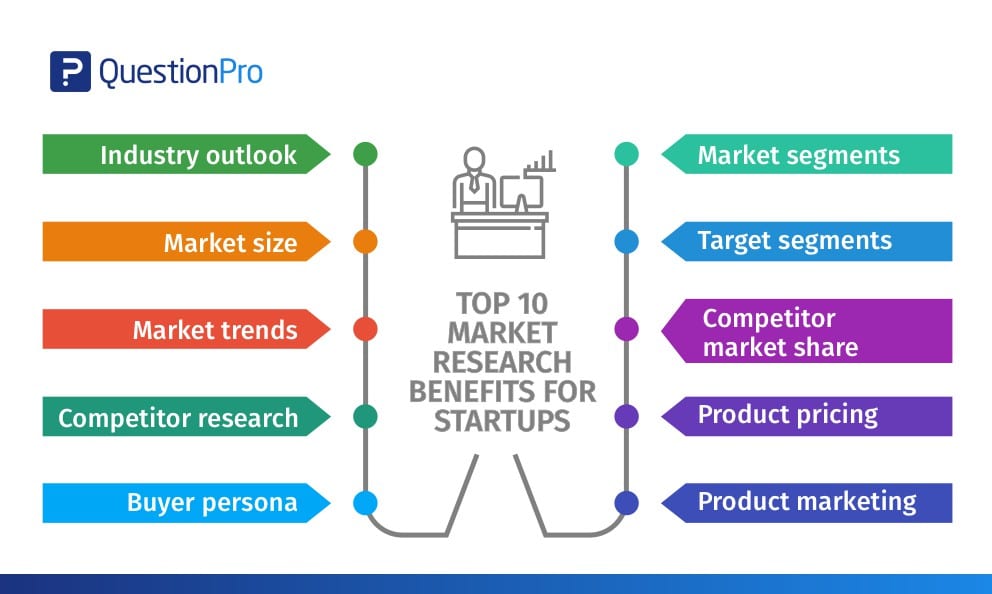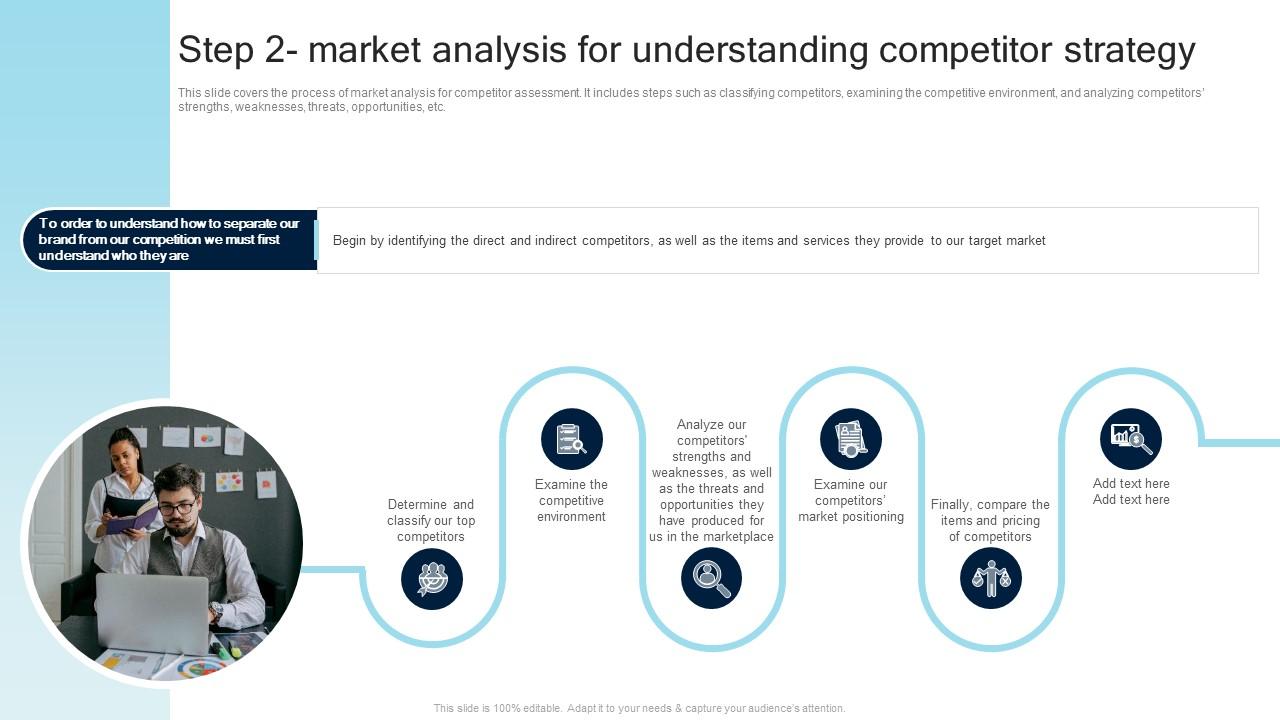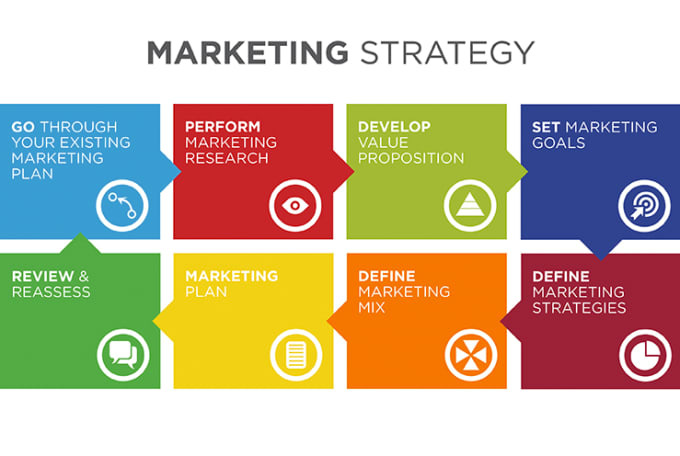Why Market Research is Crucial for Startup Survival
Launching a startup without conducting thorough market research is akin to navigating a treacherous terrain without a map. The risks are numerous, and the consequences can be devastating. Without a deep understanding of the target audience and market trends, startups are more likely to create products or services that fail to resonate with customers, leading to wasted resources, lost revenue, and ultimately, business failure.
Market research for startups is essential for several reasons. Firstly, it helps validate business ideas by providing insights into customer needs, preferences, and behaviors. This information enables startups to refine their products or services, ensuring they meet the demands of the target market. Secondly, market research identifies opportunities for growth, allowing startups to capitalize on emerging trends and stay ahead of the competition. Finally, market research mitigates risks by providing a data-driven understanding of the market, enabling startups to make informed decisions and avoid costly mistakes.
According to a study by CB Insights, the top reasons why startups fail include lack of market need, running out of cash, and not having the right team in place. Conducting market research can help startups avoid these pitfalls by providing a comprehensive understanding of the market, identifying potential roadblocks, and informing strategic decisions.
In today’s fast-paced business environment, market research for startups is no longer a luxury, but a necessity. By investing time and resources into market research, startups can gain a competitive edge, drive growth, and increase their chances of success. Whether it’s understanding customer needs, identifying market trends, or mitigating risks, market research is an essential component of any startup’s strategy.
By incorporating market research into their business strategy, startups can create products or services that meet the needs of their target audience, stay ahead of the competition, and drive long-term growth. In the next section, we’ll explore how to conduct market research on a limited budget, providing actionable tips and strategies for startups with limited resources.
How to Conduct Market Research on a Limited Budget
Conducting market research for startups doesn’t have to break the bank. With a little creativity and resourcefulness, startups can gather valuable insights about their target audience and market trends without overspending. One of the most effective ways to conduct market research on a limited budget is to leverage online tools and social media.
Online tools like Google Trends, Keyword Planner, and social media analytics platforms provide a wealth of information about consumer behavior, preferences, and trends. By analyzing this data, startups can gain a deeper understanding of their target audience and identify opportunities for growth. Additionally, social media platforms like Twitter, Facebook, and LinkedIn offer a range of free and low-cost tools for conducting market research, including surveys, polls, and focus groups.
Another cost-effective way to conduct market research is to gather feedback from customers and potential customers. This can be done through online reviews, customer surveys, and focus groups. By listening to the needs and concerns of their target audience, startups can gain valuable insights into what drives consumer behavior and make informed decisions about product development and marketing strategies.
When conducting market research on a limited budget, it’s essential to prioritize research goals and focus on high-impact, low-cost methods. This means identifying the most critical research questions and allocating resources accordingly. By doing so, startups can maximize their return on investment and gather the insights they need to drive business decisions.
Some other tips for conducting market research on a limited budget include:
- Utilize free and low-cost online tools and resources
- Leverage social media platforms for data collection and analysis
- Gather feedback from customers and potential customers
- Prioritize research goals and focus on high-impact, low-cost methods
- Collaborate with other startups or small businesses to share resources and expertise
By following these tips and strategies, startups can conduct effective market research on a limited budget and gain the insights they need to drive business success.
Understanding Your Target Audience: Creating Buyer Personas
Creating buyer personas is a crucial step in market research for startups. A buyer persona is a semi-fictional representation of a startup’s ideal customer, based on data and research. By creating detailed, data-driven personas, startups can gain a deeper understanding of their target audience’s needs, preferences, and behaviors.
A well-crafted buyer persona should include demographic information, such as age, location, and job title, as well as psychographic information, such as values, interests, and pain points. This information can be gathered through a variety of methods, including online surveys, customer interviews, and social media analysis.
For example, a startup that sells outdoor gear might create a buyer persona for a 35-year-old male who enjoys hiking and camping. This persona might include demographic information, such as a job title and income level, as well as psychographic information, such as a love of nature and a desire for adventure.
By creating buyer personas, startups can tailor their marketing efforts and product development to meet the specific needs and preferences of their target audience. This can help to increase customer engagement, drive sales, and ultimately, drive business success.
Here are some tips for creating effective buyer personas:
- Conduct thorough research to gather demographic and psychographic information
- Use data and analytics to validate assumptions and identify patterns
- Create detailed, nuanced personas that capture the complexity of human behavior
- Use personas to inform marketing efforts and product development
- Continuously update and refine personas as new data becomes available
By following these tips and creating effective buyer personas, startups can gain a deeper understanding of their target audience and drive business success through market research.
Identifying Market Trends and Opportunities
Staying up-to-date with market trends and identifying opportunities for growth is crucial for startup success. Market research for startups involves analyzing industry reports, social media, and online tools to understand the competitive landscape and identify areas for innovation.
One of the most effective ways to identify market trends is to use online tools like Google Trends. Google Trends provides insights into search volume, trends, and patterns, allowing startups to understand what’s currently popular and what’s on the horizon. Additionally, social media platforms like Twitter and LinkedIn offer a wealth of information about industry trends and news.
Industry reports are another valuable resource for identifying market trends. Reports from reputable sources like IBISWorld, Statista, and Euromonitor provide in-depth analysis of industry trends, market size, and growth prospects. By analyzing these reports, startups can gain a deeper understanding of the competitive landscape and identify opportunities for growth.
Identifying market trends and opportunities requires a combination of research, analysis, and creativity. Startups must be able to analyze data, identify patterns, and think outside the box to stay ahead of the competition. By doing so, startups can capitalize on emerging trends, innovate, and drive business success.
Here are some tips for identifying market trends and opportunities:
- Use online tools like Google Trends to analyze search volume and trends
- Analyze industry reports from reputable sources to understand market size and growth prospects
- Monitor social media platforms for industry news and trends
- Conduct customer surveys and gather feedback to understand needs and preferences
- Stay up-to-date with the latest industry news and developments
By following these tips and staying informed about market trends, startups can identify opportunities for growth, innovate, and drive business success through market research.
Competitor Analysis: Understanding the Competitive Landscape
Conducting a competitor analysis is a crucial step in market research for startups. By understanding the strengths, weaknesses, and strategies of key competitors, startups can gain a competitive edge and make informed business decisions.
A competitor analysis involves gathering and analyzing data about key competitors, including their products, pricing, marketing strategies, and customer base. This information can be gathered through a variety of methods, including online research, customer surveys, and industry reports.
One of the most effective ways to conduct a competitor analysis is to use a SWOT analysis framework. A SWOT analysis involves identifying the strengths, weaknesses, opportunities, and threats of each competitor, and using this information to inform business decisions.
For example, a startup that sells outdoor gear might conduct a competitor analysis of a key competitor, such as REI. The analysis might reveal that REI has a strong brand reputation and a wide range of products, but also has high prices and a limited online presence. This information could be used to inform the startup’s marketing and product development strategies.
Here are some tips for conducting a competitor analysis:
- Gather and analyze data about key competitors, including their products, pricing, and marketing strategies
- Use a SWOT analysis framework to identify strengths, weaknesses, opportunities, and threats
- Conduct customer surveys and gather feedback to understand customer perceptions of competitors
- Analyze industry reports and online research to stay informed about competitor activity
- Use the insights gained from the competitor analysis to inform business decisions and gain a competitive edge
By conducting a competitor analysis, startups can gain a deeper understanding of the competitive landscape and make informed business decisions that drive growth and success.
Using Data to Inform Product Development and Marketing Strategies
Data plays a crucial role in market research for startups, as it provides valuable insights that can inform product development and marketing strategies. By collecting, analyzing, and interpreting data, startups can make informed decisions that drive business growth and success.
There are several types of data that startups can collect and analyze, including customer feedback, market trends, and competitor analysis. Customer feedback can provide valuable insights into customer needs and preferences, while market trends can help startups identify opportunities for growth and innovation. Competitor analysis can provide insights into the strengths and weaknesses of key competitors, and help startups develop strategies to gain a competitive edge.
Startups can collect data through a variety of methods, including online surveys, customer interviews, and social media analytics. Online surveys can provide valuable insights into customer needs and preferences, while customer interviews can provide more in-depth information about customer behaviors and attitudes. Social media analytics can provide insights into customer engagement and sentiment, and help startups develop effective social media marketing strategies.
Once data has been collected, startups must analyze and interpret it to gain valuable insights. This can involve using data analytics tools, such as Google Analytics or Excel, to identify patterns and trends in the data. Startups must also consider the limitations and biases of the data, and ensure that it is accurate and reliable.
Here are some tips for using data to inform product development and marketing strategies:
- Collect data from a variety of sources, including customer feedback, market trends, and competitor analysis
- Use data analytics tools to analyze and interpret the data
- Consider the limitations and biases of the data, and ensure that it is accurate and reliable
- Use data to inform product development and marketing strategies, and make informed decisions that drive business growth and success
- Continuously collect and analyze data to stay up-to-date with changing market conditions and customer needs
By using data to inform product development and marketing strategies, startups can make informed decisions that drive business growth and success. Data provides valuable insights into customer needs and preferences, market trends, and competitor analysis, and can help startups develop effective strategies to gain a competitive edge.
Common Market Research Mistakes to Avoid
Market research is a crucial step in the startup process, but it’s not without its challenges. Many startups make common market research mistakes that can lead to inaccurate or incomplete data, which can ultimately harm their business. In this section, we’ll discuss some of the most common market research mistakes to avoid.
One of the most common market research mistakes is relying on assumptions rather than data. Startups often assume they know their target audience and what they want, but this can lead to inaccurate or incomplete data. Instead, startups should conduct thorough market research to validate their assumptions and gather accurate data.
Another common mistake is neglecting to validate ideas. Startups often come up with ideas based on their own experiences or assumptions, but they fail to validate these ideas with their target audience. This can lead to launching a product or service that doesn’t meet the needs of the target audience.
Failing to prioritize research goals is also a common mistake. Startups often try to conduct too much research at once, which can lead to overwhelm and inaccurate data. Instead, startups should prioritize their research goals and focus on the most important questions they need to answer.
Here are some tips for avoiding common market research mistakes:
- Don’t rely on assumptions – validate your ideas with data
- Conduct thorough market research to gather accurate data
- Prioritize your research goals and focus on the most important questions
- Use a variety of research methods to gather comprehensive data
- Continuously collect and analyze data to stay up-to-date with changing market conditions
By avoiding these common market research mistakes, startups can ensure they gather accurate and comprehensive data that informs their business decisions and drives growth and success.
Putting it all Together: Creating a Comprehensive Market Research Plan
Creating a comprehensive market research plan is crucial for startup success. By integrating the concepts and strategies discussed in this article, startups can ensure they have a thorough understanding of their target audience, market trends, and competitive landscape.
A comprehensive market research plan should include the following components:
- Clear research goals and objectives
- A detailed understanding of the target audience, including buyer personas and customer feedback
- An analysis of market trends and opportunities, including competitor analysis and industry reports
- A plan for collecting, analyzing, and interpreting data to inform product development and marketing strategies
- A strategy for avoiding common market research mistakes, including relying on assumptions and neglecting to validate ideas
By creating a comprehensive market research plan, startups can ensure they have a solid foundation for making informed business decisions and driving growth and success.
Ongoing market research and continuous learning are also crucial for startup success. Startups should continuously collect and analyze data to stay up-to-date with changing market conditions and customer needs.
By following the guidance outlined in this article, startups can create a comprehensive market research plan that sets them up for success. Remember to prioritize research goals, focus on high-impact, low-cost methods, and avoid common market research mistakes.
With a solid market research plan in place, startups can confidently launch their product or service, knowing they have a deep understanding of their target audience and market trends.


:max_bytes(150000):strip_icc()/market-research-4193183-2-c7e90e4d3f7a4149a5abd833b9b3af23.jpg)




